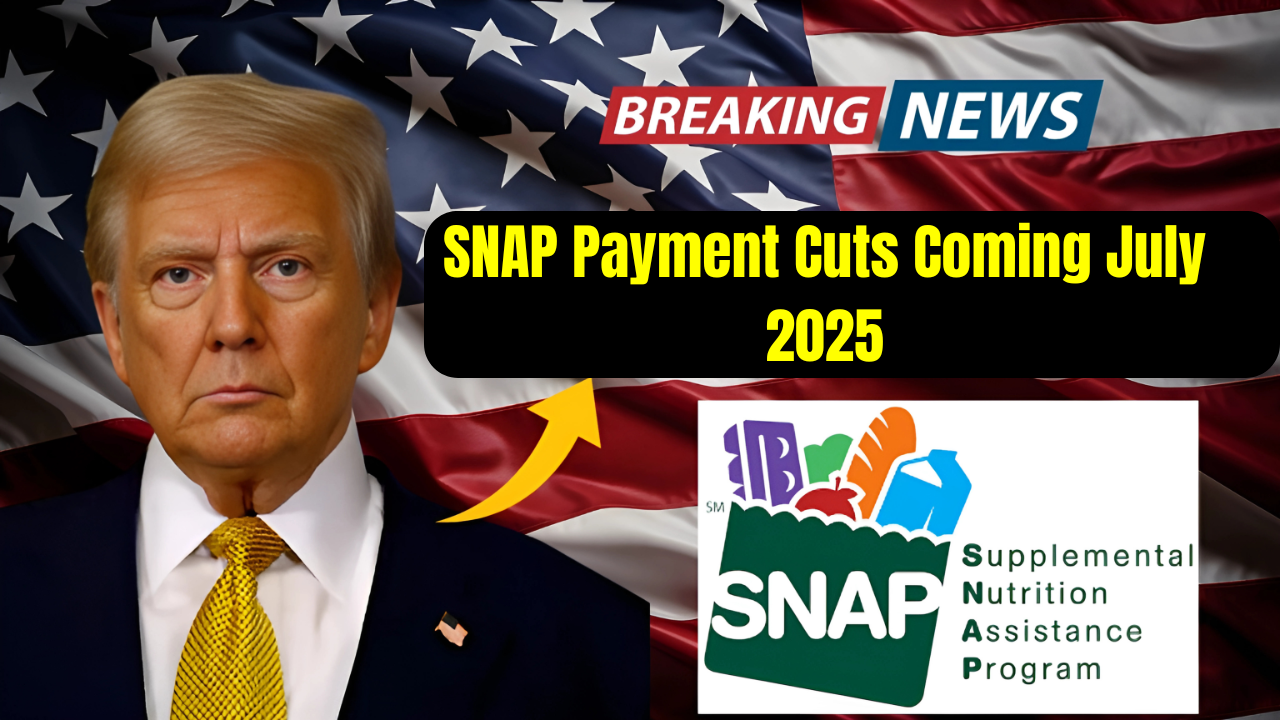The Supplemental Nutrition Assistance Program (SNAP), commonly known as food stamps, stands as a lifeline for over 40 million low-income Americans. However, a new Republican-led spending bill—the One Big Beautiful Bill Act—could fundamentally alter the landscape of food assistance in the United States. If enacted, states may be forced to shoulder a much larger share of SNAP costs, potentially leading to benefit cuts, stricter eligibility, or even the complete withdrawal of states from the program. This proposed shift has sparked widespread concern among state governments, advocates for low-income families, and policy. Alert States That Could End SNAP Benefits in July 2025 — Here’s the Full List experts.
How the Proposed Bill Changes SNAP Funding
Currently, states are responsible for half of the administrative costs of SNAP, while the U.S. Department of Agriculture (USDA) covers the other half and fully funds the benefits. The new bill, however, would require states to contribute up to 25% of benefit costs starting in 2028, based on their error rates in administering the program. States with error rates exceeding 10% would face the highest financial obligations. Additionally, the bill would immediately increase the state share of administrative costs from 50% to 75%.
This dramatic shift could force states to make difficult choices: cutting back on benefits, limiting eligibility, or withdrawing from SNAP altogether. The Center for Budget and Policy Priorities (CBPP) warns that “substantial cuts in federal funding could prompt some states to eliminate SNAP if they cannot provide the required state funds to compensate for the significant federal reductions”.
The Financial Impact on States
The financial burden on states would be substantial. For example, Michigan could be responsible for up to $900 million in SNAP expenses, Rhode Island for $85 million, and Wisconsin for $314 million if the bill is enacted. State officials have expressed deep concern, as many are already facing budget deficits and declining tax revenues.
h3 Potential Consequences for SNAP Recipients
More than 7 million individuals across the country could see their SNAP benefits reduced or eliminated if the bill becomes law. Texas is projected to be the hardest hit, with an estimated 683,000 residents at risk of losing benefits. California could see 645,000 of its 5.38 million recipients affected, while Wyoming might lose nearly a quarter of its SNAP claimants.
These changes would come at a time when food prices remain high and many low-income families are struggling to make ends meet. The loss of SNAP benefits could lead to increased food insecurity, forcing families to choose between paying for groceries and other essentials like rent or healthcare5.
The Broader Economic and Social Impact
Reductions in SNAP benefits would ripple through local economies. Every dollar invested in SNAP generates more than a dollar in economic activity, according to Senator Jack Reed of Rhode Island. Cutting SNAP funding could result in store closures, farms failing, and rising food prices, further straining families and businesses.
Moreover, the bill would expand work requirements for SNAP recipients, raising the upper age limit from 54 to 64 and limiting exemptions for parents. This could make it even harder for vulnerable populations—such as seniors, people with disabilities, and veterans—to access food assistance.
State and Federal Responses
State officials from across the country have voiced their opposition to the bill. Kentucky Governor Andy Beshear remarked, “No state can simply take on that burden.” Officials from North Carolina, Oregon, and Michigan have similarly warned that their states lack the resources to absorb the new costs. The National Conference of State Legislatures, the National Association of Counties, and other organizations have sent letters to Congress urging lawmakers to reconsider the proposal.
On the federal level, the USDA has stated that it will continue to provide technical support to states, but the agency has not committed to additional funding to offset the increased state burden.
What Happens Next?
The One Big Beautiful Bill Act has narrowly passed the House and is now under consideration in the Senate, where amendments are expected. The outcome remains uncertain, but the stakes are high for millions of Americans who rely on SNAP for their daily meals.
FAQ: Key Questions About the SNAP Bill
1. What is the One Big Beautiful Bill Act?
The One Big Beautiful Bill Act is a Republican-led spending bill that would require states to pay a larger share of SNAP costs, potentially leading to benefit cuts or state withdrawal from the program.
2. How many people could lose SNAP benefits?
More than 7 million Americans could see their SNAP benefits reduced or eliminated if the bill becomes law.
3. Why are states concerned about the bill?
States are already facing budget deficits and would struggle to absorb the new costs, which could force them to cut benefits or withdraw from SNAP altogether.

